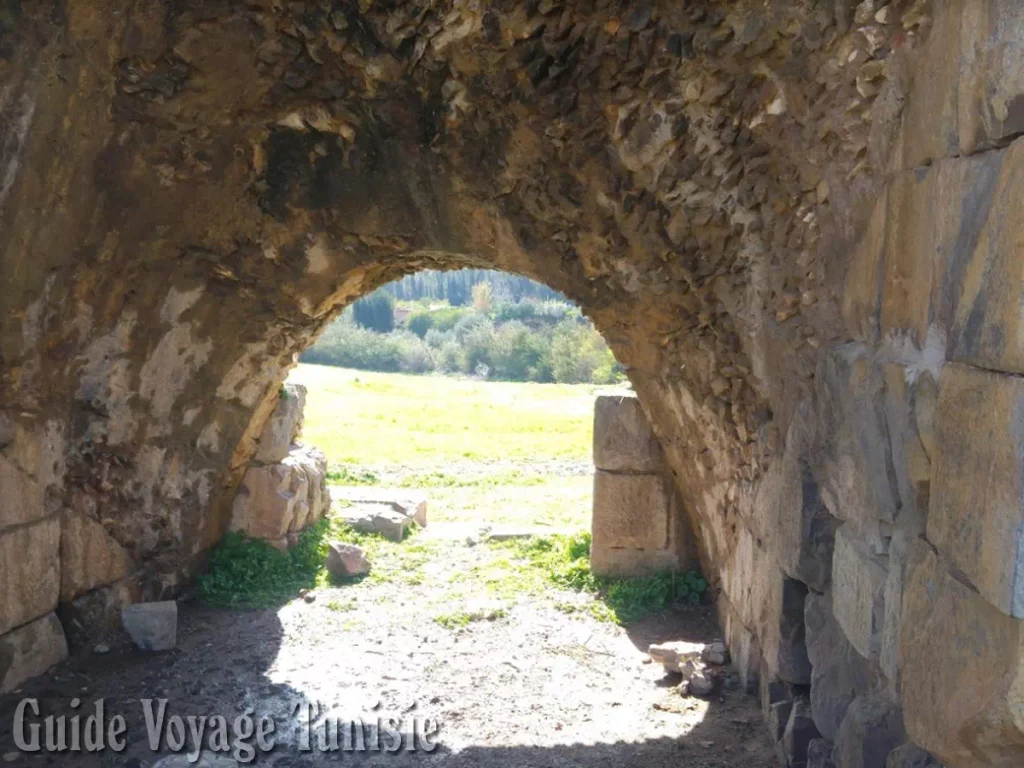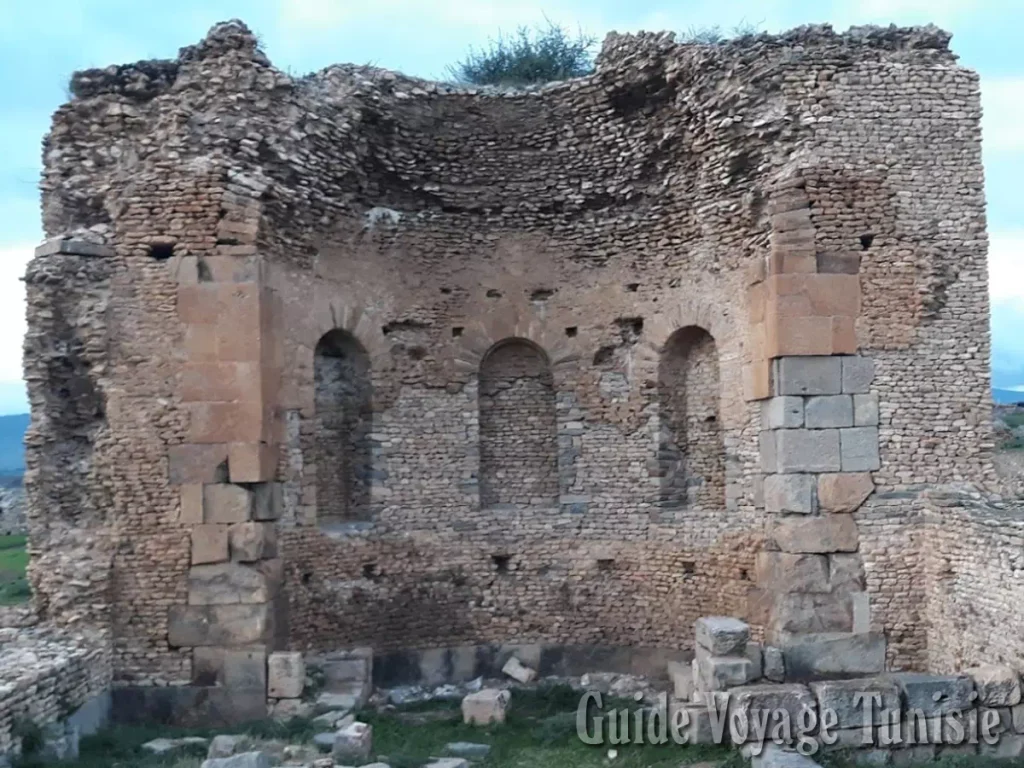Chemtou archaeological site
Barely 16 km separate the archaeological site of Chemtou from Bulla Regia. Here as there, we are at the heart of the Numidian country.
The ancient Simitthu was best known for its yellow and pink marble quarries, the famous gialó numidicum which entered into the decoration of all the prestigious buildings (temples, palaces, rich mansions…) throughout the ancient Mediterranean area. And the exploitation of this wealth has generated the emergence and then the development of a city whose monuments remain (villas, judicial basilica, theater, aqueduct, bridge, etc.) which today constitute the visible part of a heritage the essence of which remains to be discovered.
The site is made up of two main parts: the quarry, with its industrial facilities, its containments for labor and for the military garrison, and the city of Simitthu.
The work to develop the site and a site museum during a vast excavation campaign undertaken within the framework of Tunisian-German cooperation not only made it possible to highlight the role played by the “Numidian marble” in the past, but have also shed new light on the Numidian civilization thanks to discoveries made in situ and which show a degree of material and intellectual progress, refinement and spiritual elevation little known until then and which are demonstrated with perfect mastery in the museum.
Adjoining the museum, the installations of a marble factory from the beginning of the 20th century which have been preserved, highlighted and classified as being the first elements of an “industrial archeology” to be promoted in Tunisia.
The archaeological site of Chemtou in pictures

